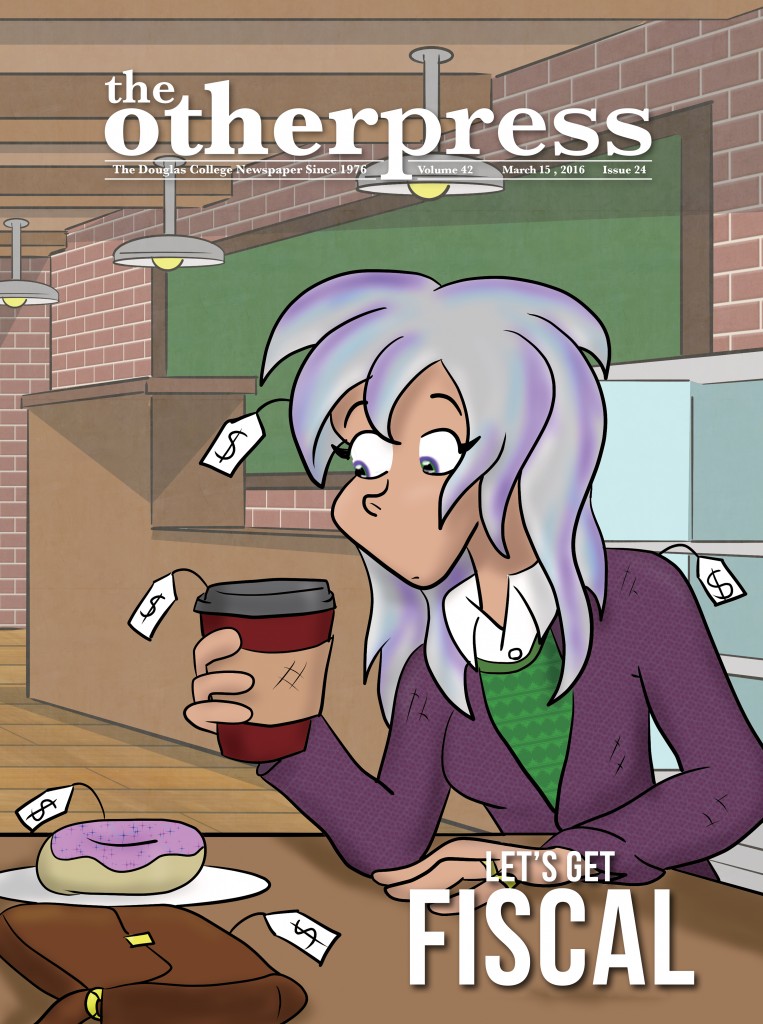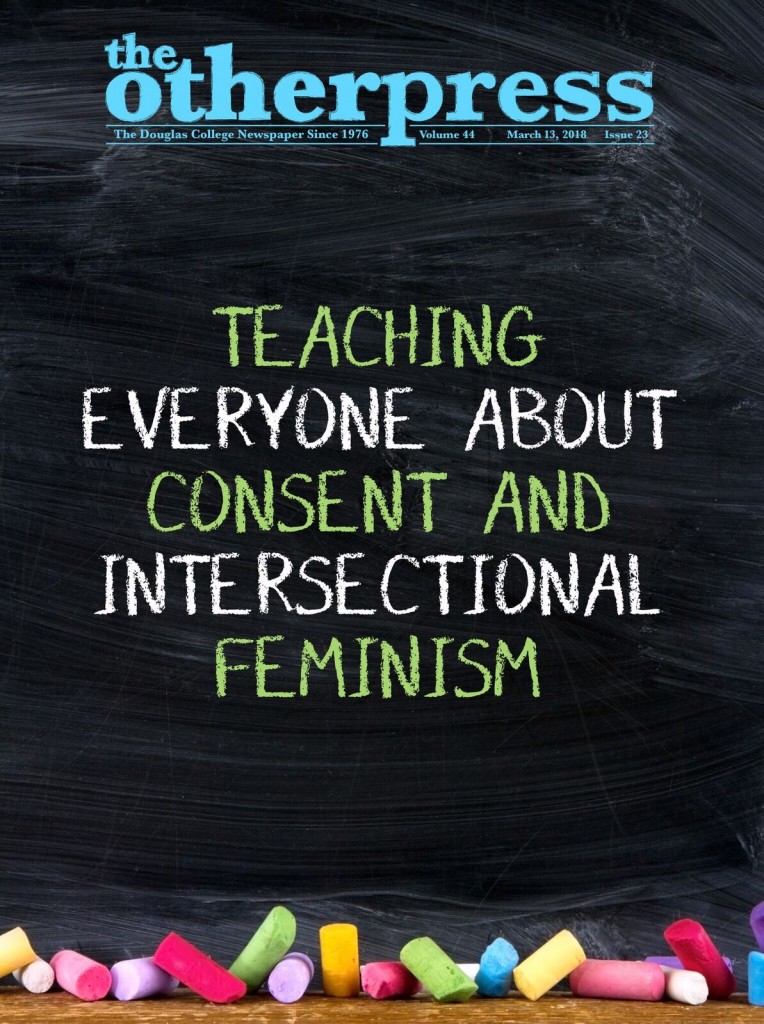
Saving and investing as a student
By Chitwan Khosla, Features Editor
Many will argue and many more will agree that a student’s life is hard. Apart from the quizzes, assignments, and exams, living off meagre money can be stressful, too. Student loans provide stability for a few years, but those sit on the wallets for almost a decade.
A common misunderstanding is that one should start worrying about their finances after they graduate as there is nothing much one can do until after college ends. It actually costs you more if you don’t take control of your finances at the right time. The Other Press talked with Gerald Finlay, a personal financial advisor, who explained: “Budgeting, saving, and investing, all three, are dependent on two factors—money and time. Often many don’t realize that time is of greater importance than money. Students have time at their side and they should make proper use of it.” Every student tries to be thrifty and thoughtful about their spending, but they don’t save as much. Textbooks are as expensive as rare jewels, and rent in the Lower Mainland is soaring high, which doesn’t leave much money to spare.
“The situation worsens when you fail to acknowledge that you need planning,” Finlay remarked. Students who have any debts, including student loans, need to get more vigilant and should hold the reins in their own hands sooner rather than later. This is because of the hidden opportunity costs and the other expenses related to student loans. Jason Walkden, a Certified Financial Planner, explained this in detail: “Even though you don’t start paying back your student loans until you start working, you are actually missing on the opportunity of getting free of the loan as well. This is because if you pay any money during the time you are a student, it goes towards the repayment of your principal amount. Whatever you pay after your completion of the studies, the major part of it goes towards the payment of the interest.”
To help clarify further, Walkden provided an example of why this is a good idea: “Let’s say Alex has a student loan of $20,000 at 3 per cent fixed rate, and Alex plans to repay the amount in 11 years with a monthly payment of $228.31. Alex will have to pay $30,136.78 at the end of term of his loan. He will pay $10, 136.78 more However, if Alex saves $3,600 in 3 years and puts it towards the repayment of his student loan before the completion of his studies, then keeping all other conditions and terms the same he will have to pay $24,712.16 at the end of the loan term.” Walkden also advised that a student must inquire about their repayment terms and conditions. If you have a federal student loan, then you must ask whether you qualify for IBR or Income-Based Repayment, which makes your monthly repayments very affordable—about 15 per cent of your monthly income.
It is quite obvious that students who have student loans must start working part-time or during their holidays. Finlay and Walkden both agree that not all the money earned needs to be spent on necessities or saved. They suggest that irrespective of their situation, everyone must have some cheat money or enjoyment money, but the trick is to stick to your budget. “If you make $11 an hour, spend $7 on your rents and bills, save $2.50, and add $1.50 an hour to your cheat money,” said Finlay. “You can use it on your hobbies, movies, recreation, and the like. This money is going to restrict you from overspending and also will not make you guilty of not enjoying yourself.”
When asked about saving, Walkden had very relevant advice. He placed emphasis on saving before spending and said: “You can’t spend and save, you can always save and spend. When you think you have $1,800 disposable income, and you will spend on the necessities and save the rest—I have never seen this happen in my seven-year career. You must save $200–250, and then limit your expenditure to $1,600. This way you will save a minimum of $100 each month.”
As students, your parents and relatives must have told you at least once to have something called an emergency fund, and most of us agree that we must. Is there any way we can measure the amount that we should have in this? When asked, Walkden replied: “No, there isn’t a formula for it because everyone’s situation is different. Everyone has different sources of income and variable expenses. However, I make sure that my clients have a minimum of their six months income in their emergency funds. This leaves them with stable security, and the money they have in their emergency fund, they can access it as and when required. The only thing that needs to be kept in mind is inflation. Salaries usually don’t go up in the same proportion as the inflation.” This emergency fund should be used wisely, and shouldn’t be used for buying the latest smartphone. Rather, one must learn to qualify what is an emergency, and then decide if there is actually any need for this money.
Walkden also brought to attention the need to understand that saving is possible only with proper planning and budgeting. He suggests that everyone should create an excel sheet and create a personal balance sheet and an income sheet, against monthly and annual income and timeline. This way you can micro-manage your expenditure. Walkden stressed that once you have calculated your estimated monthly expenses, create a pie chart to see the percentage of your income various expenses take. “You’ll be surprised at what you will see,” Walkden said. “I have seen people find that they are spending as much as 40 per cent of their incomes on their cat food and pizzas alone.” Once you have your monthly income and expenses, start analyzing if there is any expense that you can cut out completely or make reductions to. Finlay says that it doesn’t have to be a huge cut-off, beginning with $5–10 is big in itself. “Just by saving a few bucks from your coffee expenditure and a monthly haircut, you can save up to $50 more each month,” he added.
Having talked about saving, Finlay talked about the need for investing: “Again, money grows when you have a diverse portfolio and have investments. Savings will help you stabilize and recover in need of emergency, but investments will help you get rid of your debts and actually make money. Not to forget that, as a student, you also have the time at hand.”
Finlay suggests that we must make use of the TFSAs as early as possible. To be eligible for contribution, you must be 18 years or older and have a valid social insurance number. This is the money that will grow and also help you when you need it. “Put aside a minimum of $1,000 in your high-interest TFSA,” said Finlay. “With market effect rate of about 0.50 per cent, your money will grow to approximately $8,900 by the time you are ready to retire, leaving you with $7,900 extra money that is tax-free.” Another risk-free investment would be to put the money in TFSA Secured GICs or term deposits. Finlay explains: “If you have extra cash money you received from your parents and grandparents on Christmas, it would be a smart choice to put that money towards saving for buying a GIC. Be sure that you will not need the money for the term period. At present, banks like TD Trust offer 8.88 per cent interest on a 3-year secured GIC. The interest money is also tax-free. This is a conservative approach to diversify your portfolio.”
Finlay and Walkden suggest that students should access their banking services and talk to a financial advisor soon to get a better understanding of their own situations. They can also then consider taking riskier but more rewarding options like investing in stocks.
As it is often quoted, knowledge is empowerment, and empowerment liberates. Take charge of your finances now, so you will be better off once you graduate.



